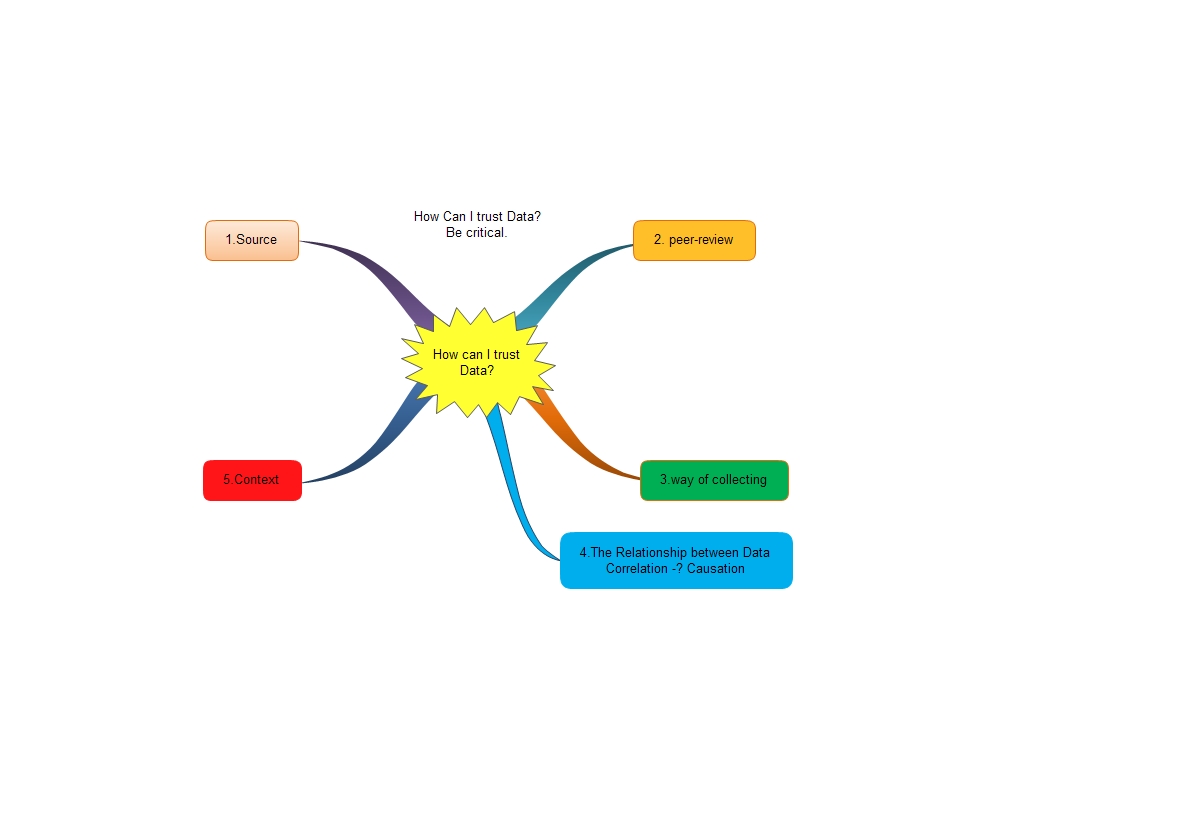Alan SCULLY
contact: my first name . my last name @gmail.com
Nationality British
Date of Birth 1972.10.22
Location Currently in Tokyo, Japan. Willing to relocate.
Brief
I am currently living in Tokyo, Japan working as in Business Analyst and IT Risk roles (dual-heading) for a major investment bank. Previous to living in Japan, I lived in Seoul, Korea, in Hong Kong, and in London, England.
I have long term experience working in IT in Investment Banking. From starting out as a developer, I've co-ordinated projects, become a Business Analyst, and recently moved into IT Risk. Although most of my career has been in Equity Derivatives and Cash, I have worked with Private Banking, Compliance, IT Risk, Business Continuity Management, Support, Operations, and Asset Management and liased with exchange bodies and external vendors. I have worked with London, Hong Kong, Japan, Korea, Australia, New York, and offsite development centers (eg Singapore, Pune).
Exposure across the investment bank has given me vision and insight that others may lack - an understanding of regulatory concerns in highly regulated areas such as Korea and Japan; ability to identify common solutions which will work across departments and locations; attention to disaster recovery, reliability, and support issue management.
Outside investment banking, as Chief Technology Officer of an internet company, I managed a team of developers, infrastructure specialists, and designers, as well as co-ordinating and reporting at board level.
I reached Vice President level at Citigroup at the age of 27.
I would be most suited to a senior role which involves co-ordination across departments and locations, where attention to regulatory and reliability issues is of upmost importance. This could be in an area in which I have worked before - such as IT Risk, BCM, Business Analysis - or in another senior IT management or project co-ordination role in an area I have not worked before. I am looking forward to bringing my experience and drive to a new company and addressing new challenges.
Languages
English - Native speaker. Korean - Intermediate (see Education).
Education
Sogang University, South Korea - Korean Language - 2003 to 2005
University Of Glasgow, UK - BSc (Hons) Computing Science - First Class - 1990 to 1994
Employment History
Major Investment Bank (Japan) - Vice President (VP) – September 2006 to Present
Business analysis and management of high profile key Equities projects such as the in-house electronic trading system, integrating trading and booking systems with Private Banking, business continuity planning (ensuring trading can continue in the event of a disaster), trade reporting, and legal ticketing. Co-ordinating between departments and across locations, managing the book of work for several development groups. Recently dual-heading with an IT Risk role, involving investigating systems for compliance against exchange regulations, and recommending changes to improve production stability and reduce IT risks from project design time.
UBGlobal (Korea) - Senior Manager - Dec 2005 to March 2006
Report directly to company owners and advise on company restructuring. Business analysis and project management, including planning of international marketing strategy and managing developers working on internet site upgrades.
Education: Sogang University (Korea) - Korean Language - 2003 to 2005
Citigroup, Salomon Smith Barney (Hong Kong) - Independent Consultant - June 2001 to Jan 2003
Business analysis, project management, development, and support in Equity Derivatives: Korea KOSDAQ and KSE exchange connectivity, external broker connectivity, trading system enhancements (eg, basket trading, risk viewing). Liaison between HK and Korea, legal, compliance, traders, exchanges, and vendors. Frequent visits to Korea. Daily direct interaction with traders, including business analysis with the desk heads and trader support.
Saffron Hill Venture Capital (UK) - Chief Technology Officer - May 2000 to June 2001
First in the role of Technical Development Manager, evaluating companies for potential investment, business analysis and management of internet projects within portfolio companies. Promoted to Chief Technology Officer of a Saffron Hill portfolio company, managing a team of developers, infrastructure specialists, and designers. Tasked to analyse and turn around the failing launch of the company's portal and shopping internet sites. Under my management the extensively delayed projects were successfully completed, and the portal website won an award as the UK's best Asian internet site.
Citigroup, Salomon Smith Barney (UK) - Vice President (VP) - June 1998 to April 2000
Project management, development, and support in Equity Derivatives: LIFFE, XETRA, and LSE exchange connectivity, trading system enhancements (eg, strategy trading, automatic market making, arbitrage opportunity searching), risk management (live and reporting). Liaison between Citigroup and exchanges. Representing Citigroup and performing exchange acceptance tests. Daily direct interaction with the traders. Achieved Vice President position due to consistent and accurate delivery of high profile trading projects.
Morgan Stanley Dean Witter Limited (UK) - Developer - July 1997 to June 1998
Project management, development, and support in Global Equity Cash Trading, in charge of the Order Management application in London. Impact analysis of global changes to London. Local modifications. Designed enhancements for real time international internal order routing. Created web based support system. Co-ordinated with New York and Tokyo Japan. Represented London in global meetings. Managed relationship with users and support staff.
Salomon Brothers International Limited (UK) - Developer - July 1994 to July 1997
Project management, development, and support in Market Data and Equity Derivatives teams: SOFFEX exchange connectivity, design of an external broker intranet trading system, and Tibco market data projects.
J P Morgan (UK) - Intern - July 1993 to September 1993
Intern position before final year of university. Development in Global SWAPs.
Education: University Of Glasgow (UK) - BSc (Hons) Computing Science, First Class - 1990 to 1994
Interests
My interests include healthy living, appreciation of music, comedy, cooking (Mexican, Italian, and Korean), photography, hiking, and language.


